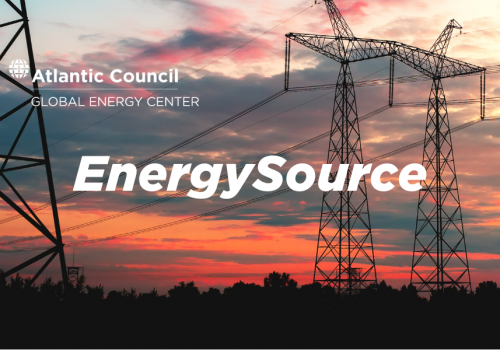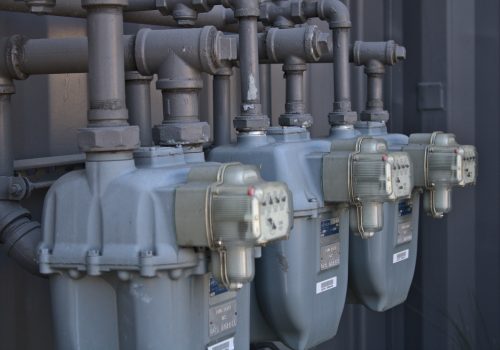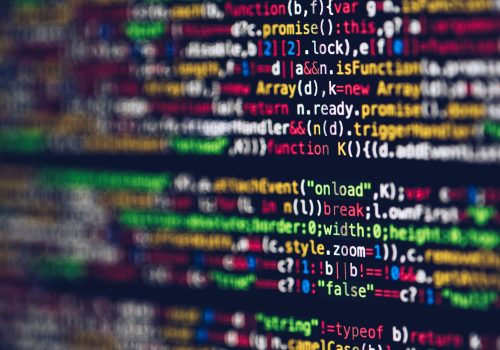The world is on its way toward building a sustainable, inclusive energy future. Renewable energy sources have seen rapid growth thanks to technology innovation and declining costs. At the same time, digitalization is making conventional energy infrastructure more efficient. Continuing these trends will be critical to meeting global climate goals while raising prosperity around the world. And because energy transformation will herald a new, digitalized energy system, cybersecurity has a key role to play in unlocking that sustainable, inclusive future.
The energy sector must withstand a constant siege of cyberattacks—including some backed by nation-states. New attacks can propagate at the speed of light, and their consequences can take days and weeks to unravel, disrupting markets, making equipment unsafe to operate, and causing cascading effects that spread beyond the targeted organization.
Every energy sector participant—new or established, private or public—has an interest in maturing cybersecurity across an increasingly interconnected digital energy system. To continue to strengthen resilience and reliability, investments designed to improve the cost-benefit profile for cybersecurity are critical not just for the biggest players, but for everyone.
Both new and old energy technologies depend on cybersecurity. Rapid digitalization across the energy sector has increased efficiency and decreased emissions, but also has changed and expanded the vulnerabilities the sector must consider. Attackers increasingly target not just information technologies (IT), but operating technologies (OT) as well. Retrofits to existing OT infrastructure like pipelines and legacy generating plants mean these are now often network-connected. Newer technologies like wind and solar depend on digital management.
The cyber threat isn’t limited to big players or the Global North. Recent years have seen successful ransomware against the biggest petroleum products pipeline in the United States, against the biggest electricity supplier in Brazil, and against smaller infrastructure operators like the municipal electricity utility in Johannesburg. We have also seen attacks against subcontractors leveraged to penetrate electric utilities connected to the US grid. This is a global challenge, for organizations large and small.
Faced with a continuous onslaught of cyberattacks, the energy sector will need to establish practices and institutions that drive down the cost of deploying strong cybersecurity across the energy value chain. Startups, subcontractors, and small utilities will become a consistently weak link in the energy ecosystem if affordable, effective cybersecurity remains unavailable.
So how can the energy sector ensure that cybersecurity keeps pace with cyber risk, and seize opportunities to get ahead of attackers? How can public and private sector leaders contribute to building a community of trust?
Regulators in the energy sector should ensure they enable—or at a minimum, don’t stifle—technology innovations that enhance cybersecurity. Cyber innovation will need to keep pace with both the new technologies of the energy transformation and the known risks to those technologies, even if slow-moving regulatory processes have not yet accounted for new business models, technologies, or threats.
Similarly, regulators should consider how to encourage rapid information sharing about threat intelligence. Although threat intelligence can help quickly harden targets against novel attacks, operators may be reluctant to share information if they believe it will later lead to legal and financial liabilities. Tabletop exercises that convene public and private organizations can improve incident response, building relationships and providing actionable insights before a crisis occurs.
Public and private sector leaders can both work to expand the pool of cybersecurity talent—one of the chief cost barriers for stronger cybersecurity. Cybersecurity experts are scarce, and experts who are also familiar with the operating technologies enabling the energy transition even more so. Training programs—public or private—will help meet demand. Solutions that expand the scope and power of automation can also help, as can information-sharing that enables security teams to quickly recognize new threats and efficiently apply patches.
For asset operators (public or private), cybersecurity should be part of decision-making on new projects. Considering how to secure new infrastructure or planned retrofits can help reduce the cost and complexity needed to manage risk. Monitoring operations helps operators and cyber analysts understand how systems interact with each other during normal production—and enables earlier detection of malicious activity. Seeking opportunities for automation of routine tasks can reduce the cost of strong cybersecurity. Advancements in machine learning and artificial intelligence make it easier to rapidly draw useful insights from massive data sets.
Private sector collaborations can help build trust and cyber maturity across the industry. Common standards and certifications can help spread best practices and build confidence that potential partners or clients will not introduce new vulnerabilities. Threat intelligence can sometimes be more comfortably shared across peer organizations than with regulators.
Private sector leaders can assess and improve their own organizations’ cyber risk posture. Boards that accurately understand their cyber risks will be better able to invest appropriately in managing those risks. Likewise, making clear that cybersecurity is a cross-cutting competency key to performance for every business unit helps build a strong security culture. And of course, recognizing that cybersecurity is an ongoing effort across the sector helps build the collaboration across the energy sector needed to contend with a dynamic, interconnected cyber threat landscape.
Finally, an inclusive energy transformation will also require cyber-inclusivity. Even as the Global North continues to build the connective tissue necessary to meet the cyber risks of a digitalized energy system, passing those lessons forward as the developing world pursues electrification and sustainable energy access will be necessary to ensure that the energy system of the Global South is constructed with cyber-resiliency in mind. Using global convenings like the Atlantic Council Global Energy Forum in Abu Dhabi earlier this month to bring cybersecurity to the table alongside discussions of increasing energy access is critical to build community and advance shared security in a digital energy system.
Leo Simonovich is the vice president and global head of industrial cyber and digital security at Siemens Energy.
Reed Blakemore is a deputy director at the Atlantic Council Global Energy Center.
Related content
Learn more about the Global Energy Center

The Global Energy Center develops and promotes pragmatic and nonpartisan policy solutions designed to advance global energy security, enhance economic opportunity, and accelerate pathways to net-zero emissions.
Image: Cables in a data center. (Federal Communications Commission, Flickr, CC0 1.0) https://creativecommons.org/publicdomain/zero/1.0/


